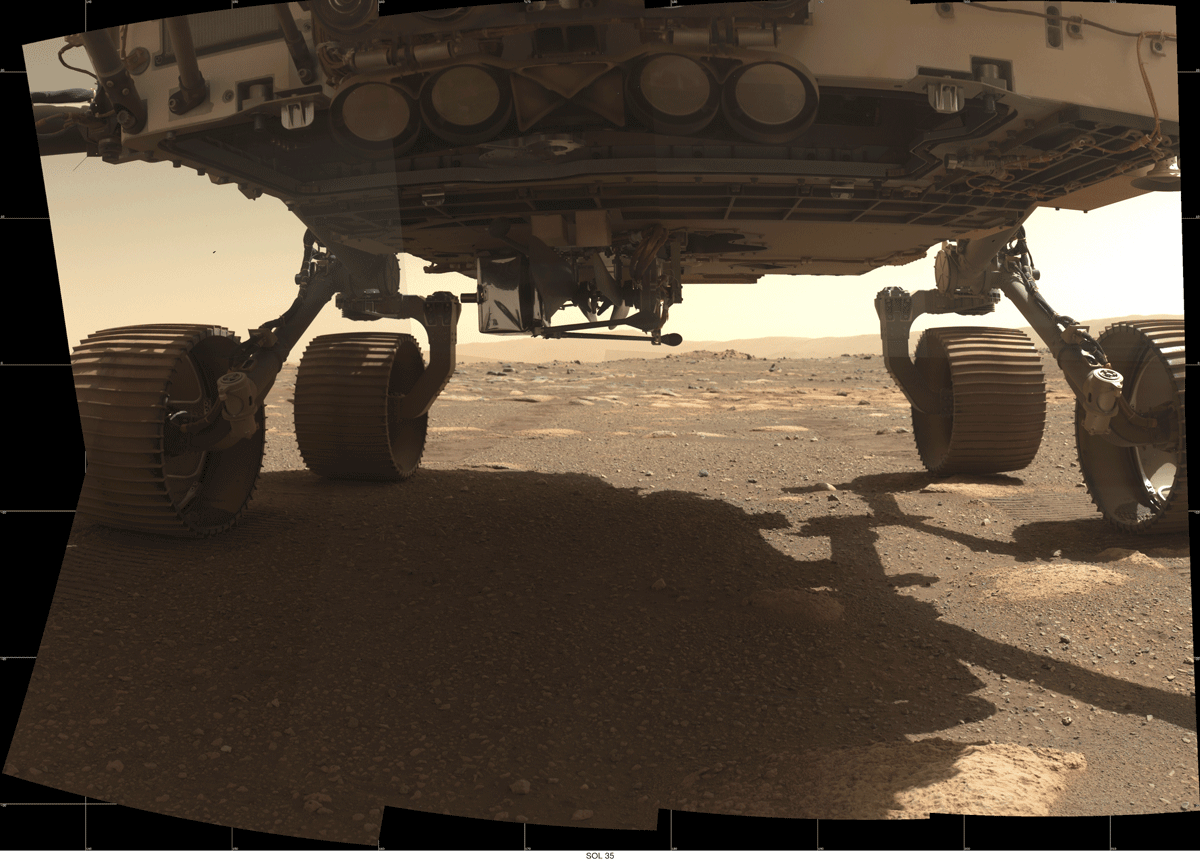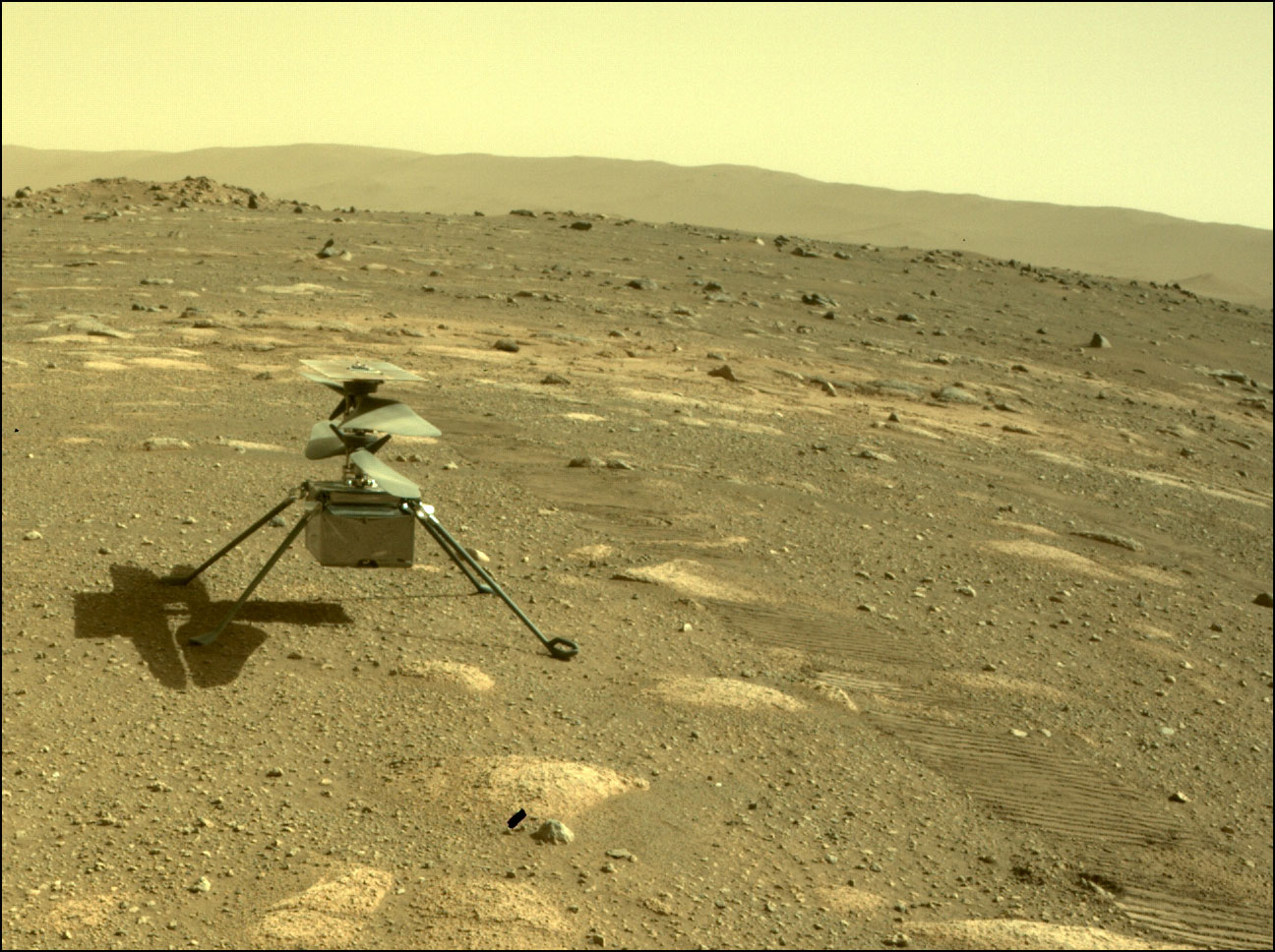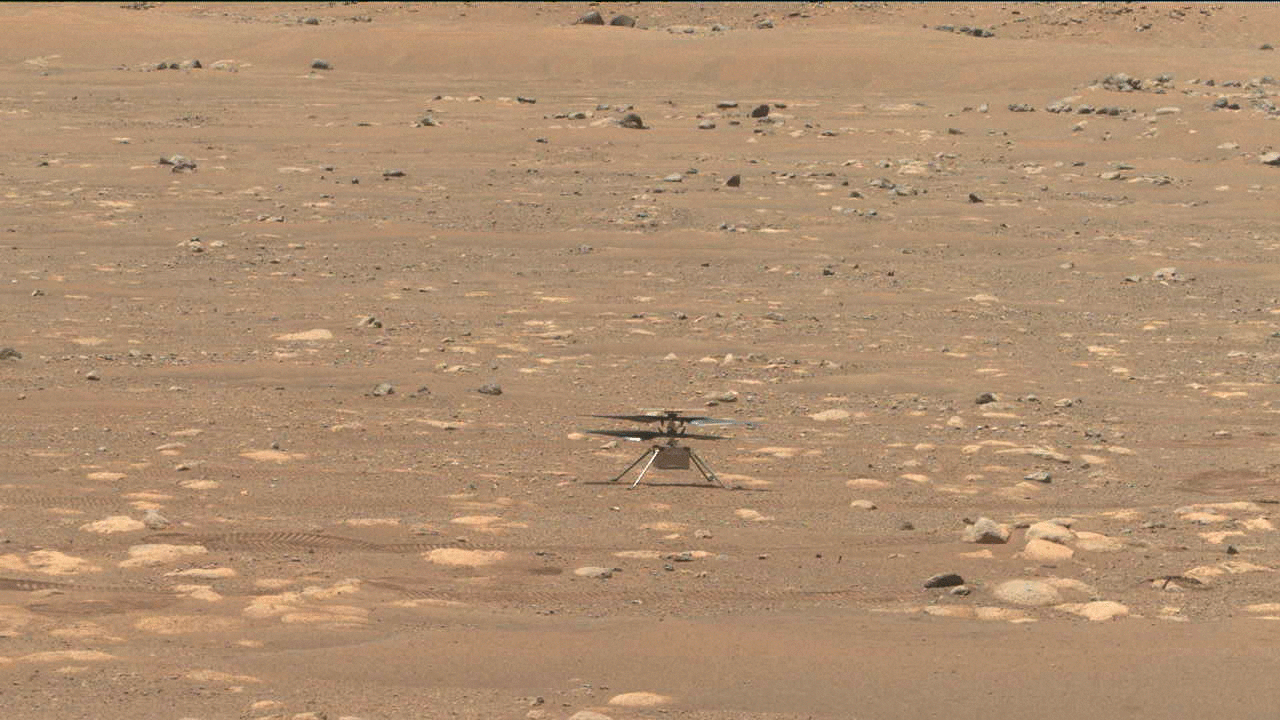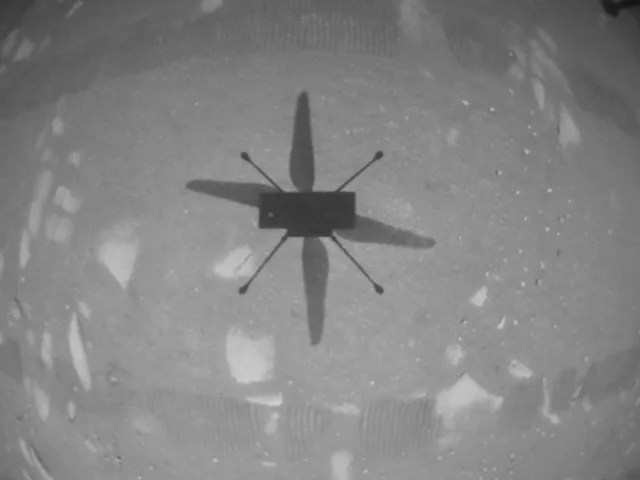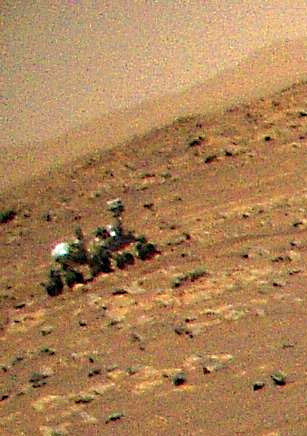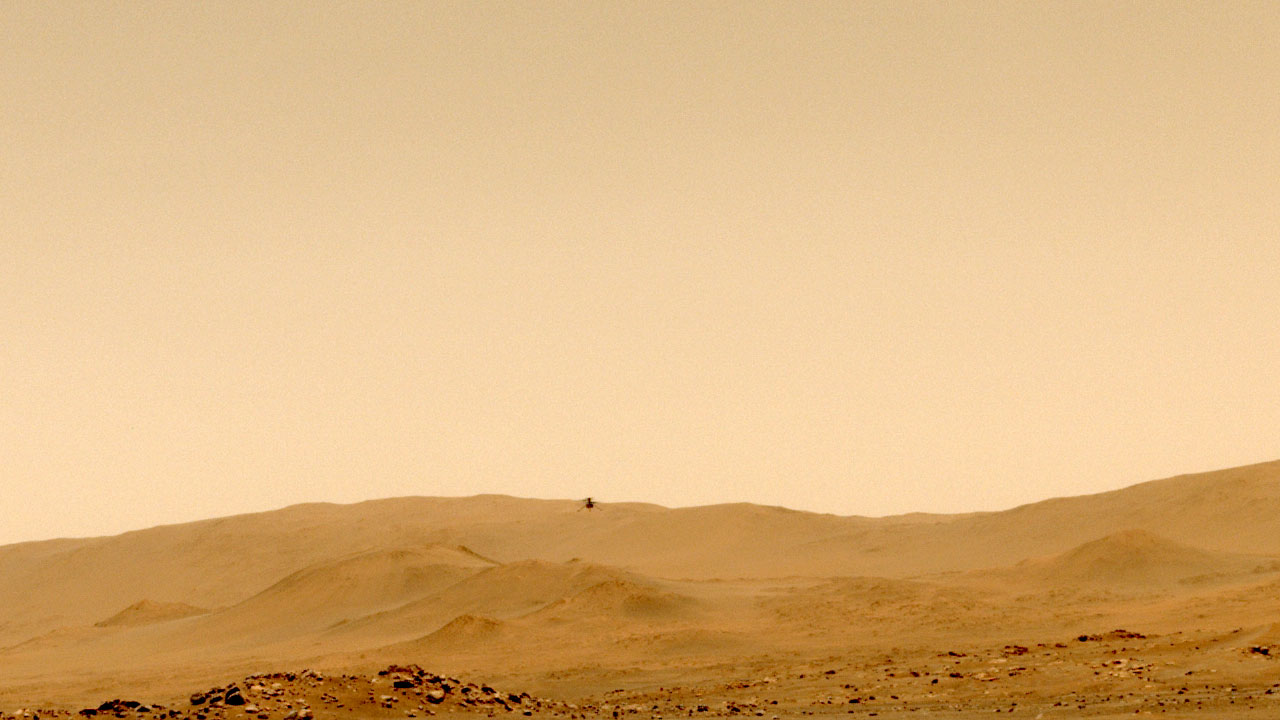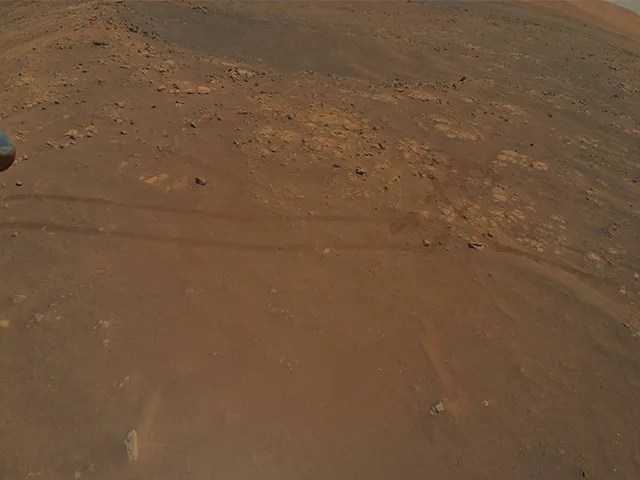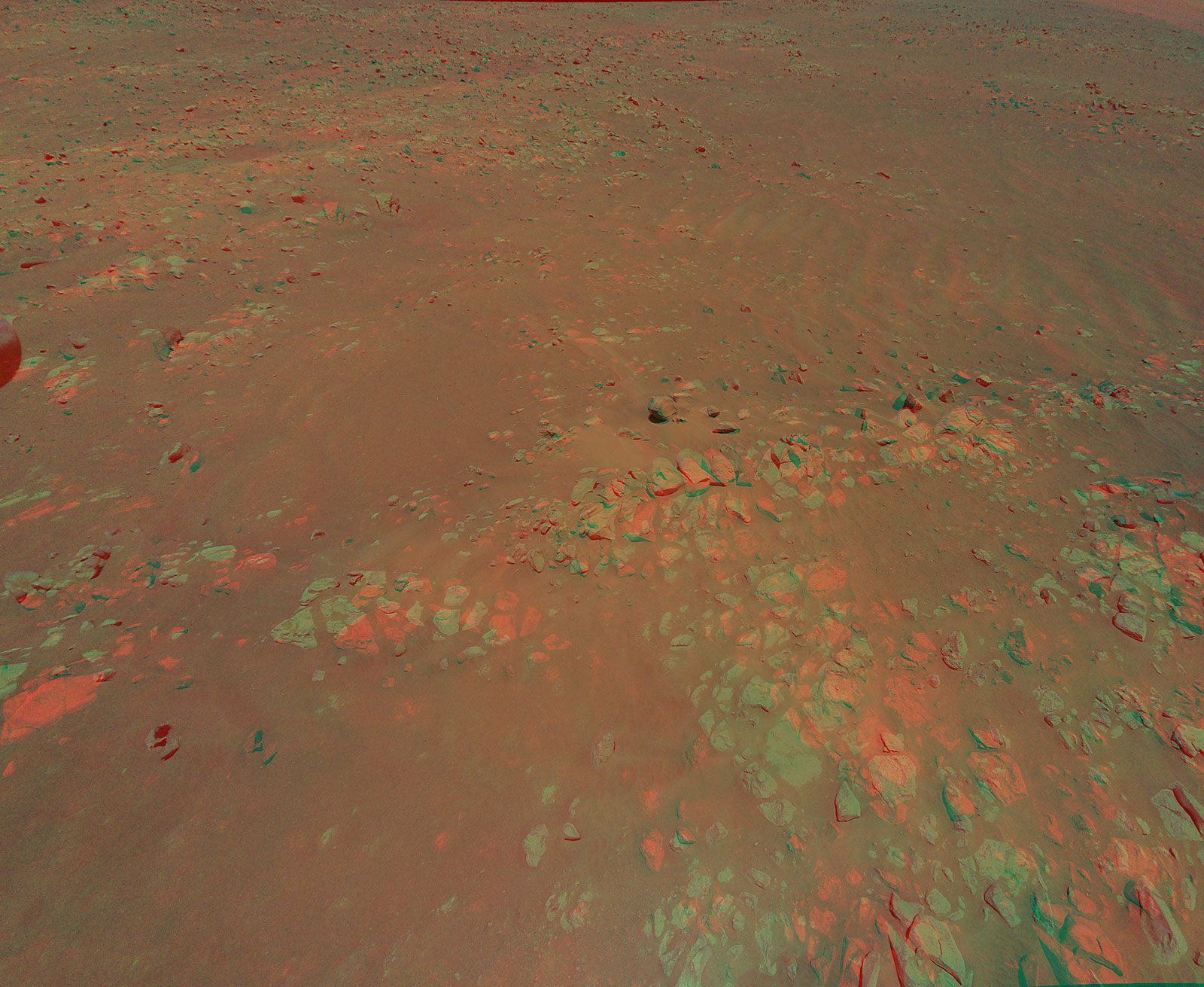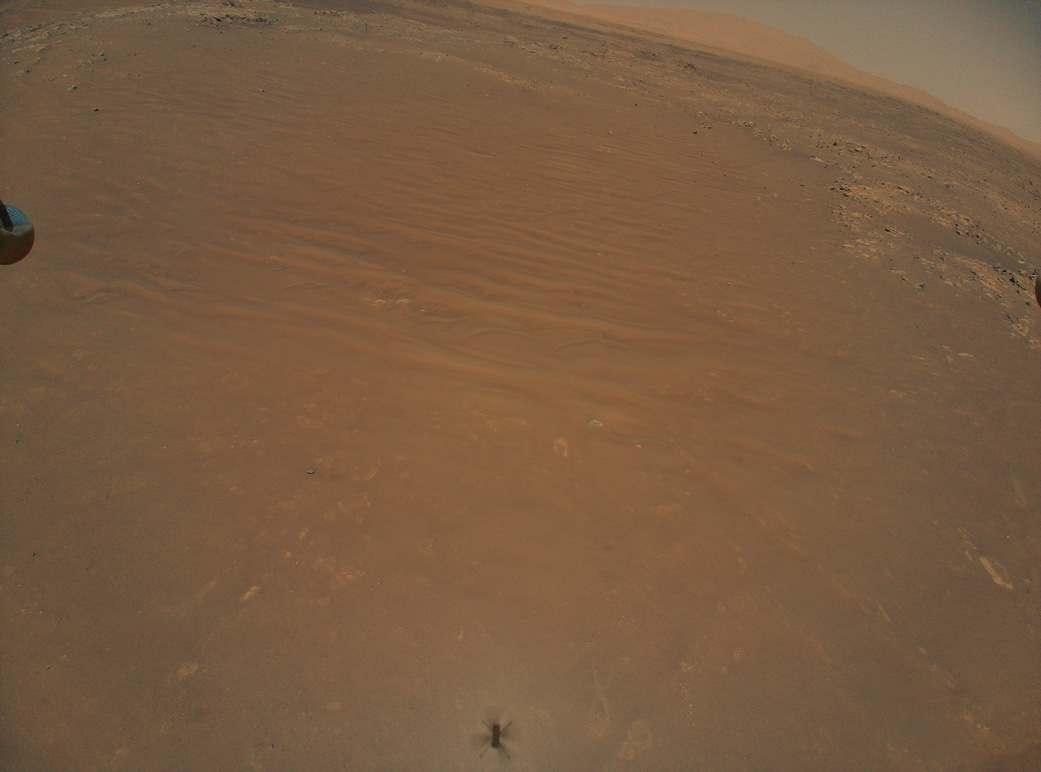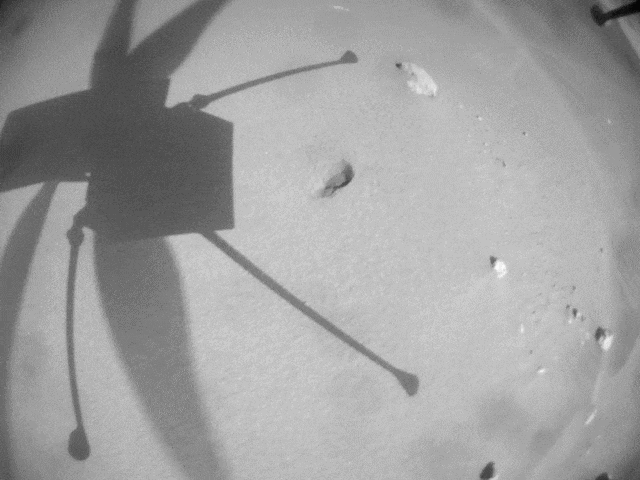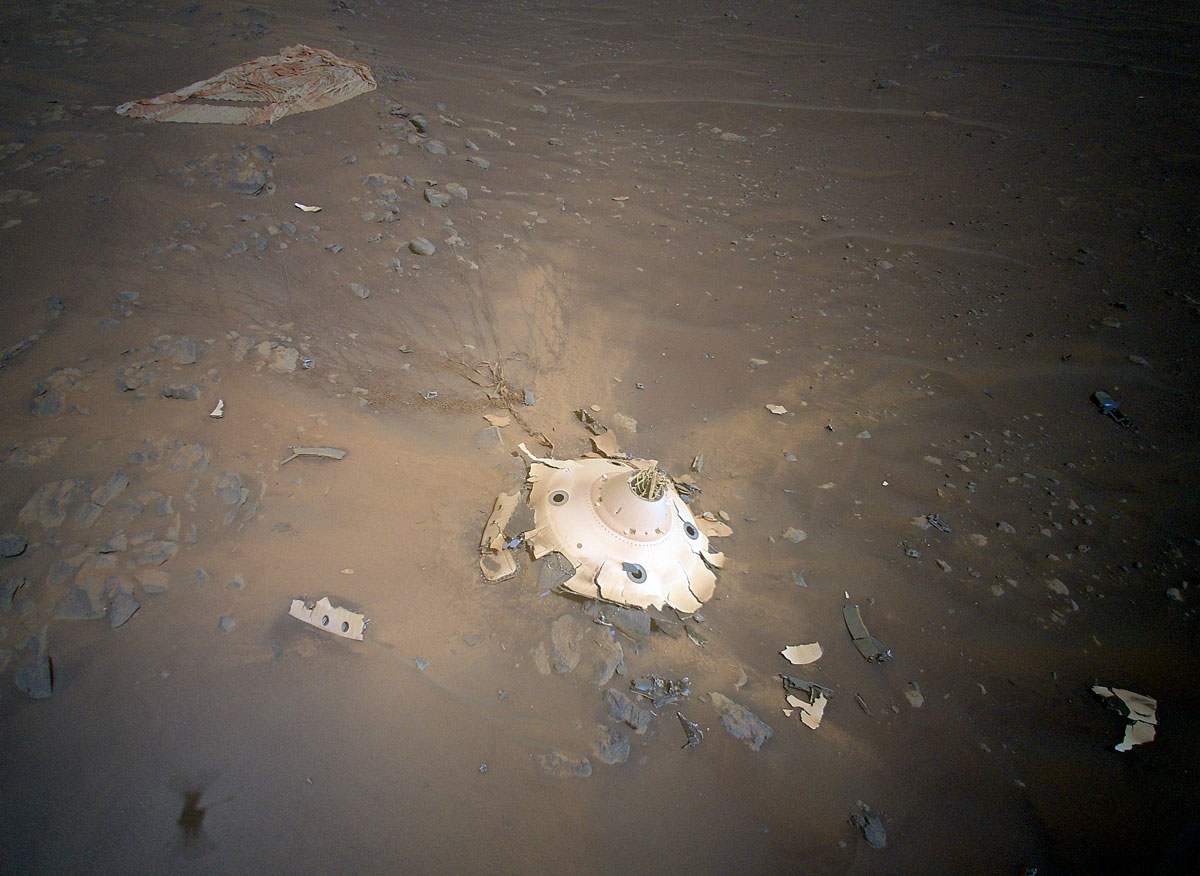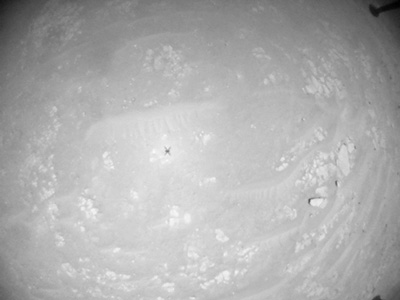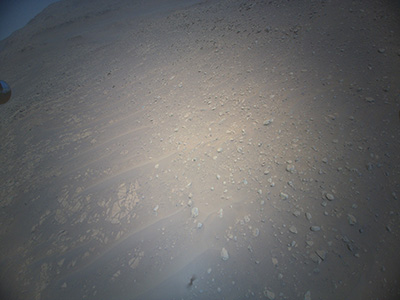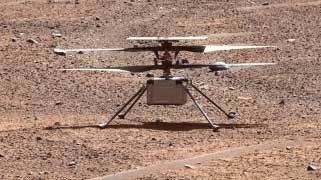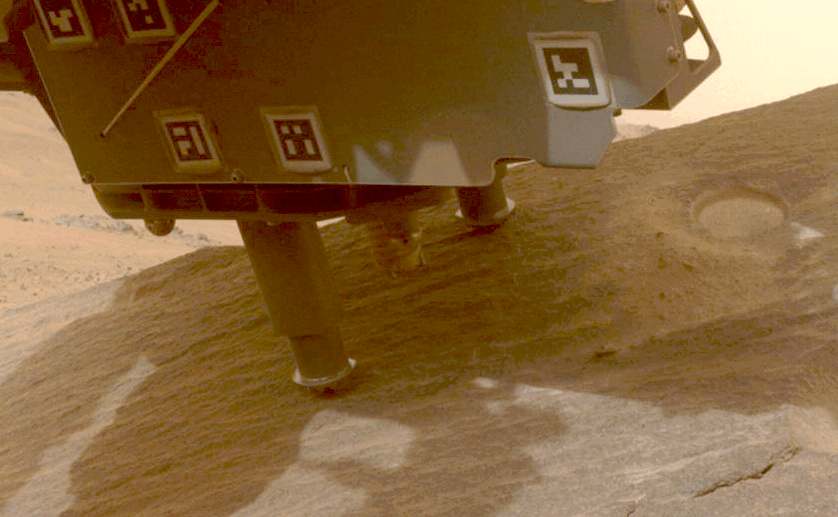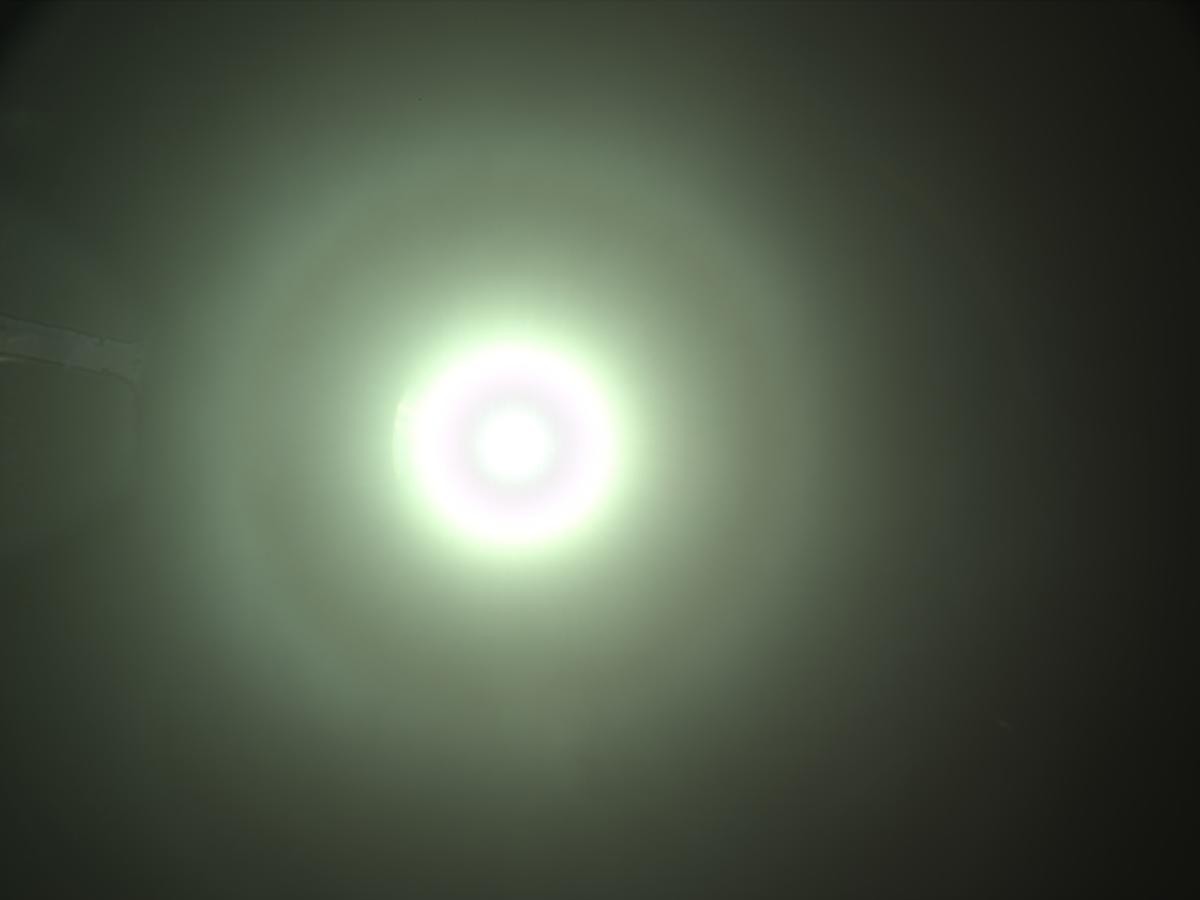Ingenuity Mars Helicopter
NASA's Ingenuity Mars Helicopter has completed 72 historic flights since first taking to the skies above the Red Planet.
Type
Launch/Landing
Feb. 18, 2021
Destination
Objective
Strapped to the Mars Perseverance rover's belly for the journey to Mars was a technology demonstration — the Mars Helicopter, Ingenuity, which completed 72 historic flights and became the first aircraft to achieve powered, controlled flight on another planet.
Meet Ingenuity
Key Facts
Launch | July 30, 2020, Cape Canaveral Air Force Station, Florida |
Landed | Feb. 18, 2021, Jezero Crater, Mars |
Length of mission | Technology demonstration completed; transitioned to new operations demo phase. Mission completed on Jan. 25, 2024. |
The Legacy of Ingenuity
On April 19, 2021, NASA's Ingenuity Mars Helicopter made history when it completed the first powered, controlled flight on the Red Planet. It flew for the last time on January 18, 2024.
Designed to be a technology demonstration that would make no more than five test flights in 30 days, the helicopter eventually completed 72 flights in just under 3 years, soaring higher and faster than previously imagined. Ingenuity embarked on a new mission as an operations demonstration, serving as an aerial scout for scientists and rover planners, and for engineers ready to learn more about Perseverance’s landing gear debris.
In its final phase, the helicopter entered a new engineering demonstration phase where it executed experimental flight tests that further expanded the team’s knowledge of the vehicle’s aerodynamic limits.
Ingenuity Timeline
5 Things to Know
1. The first aircraft to achieve powered, controlled flight on another planet, a feat that's been called a "Wright Brothers moment."
2. Completed 128.8 flying minutes, covering 10.5 miles (17.0 kilometers), and reaching altitudes as high as 78.7 feet (24.0 meters).
3. Successfully flying in the extremely thin Martian atmosphere.
4. Previewing areas of Mars of possible interest for the Perseverance rover to explore.
5. Paved the way for future aerial explorers at Mars and, potentially, other space destinations.
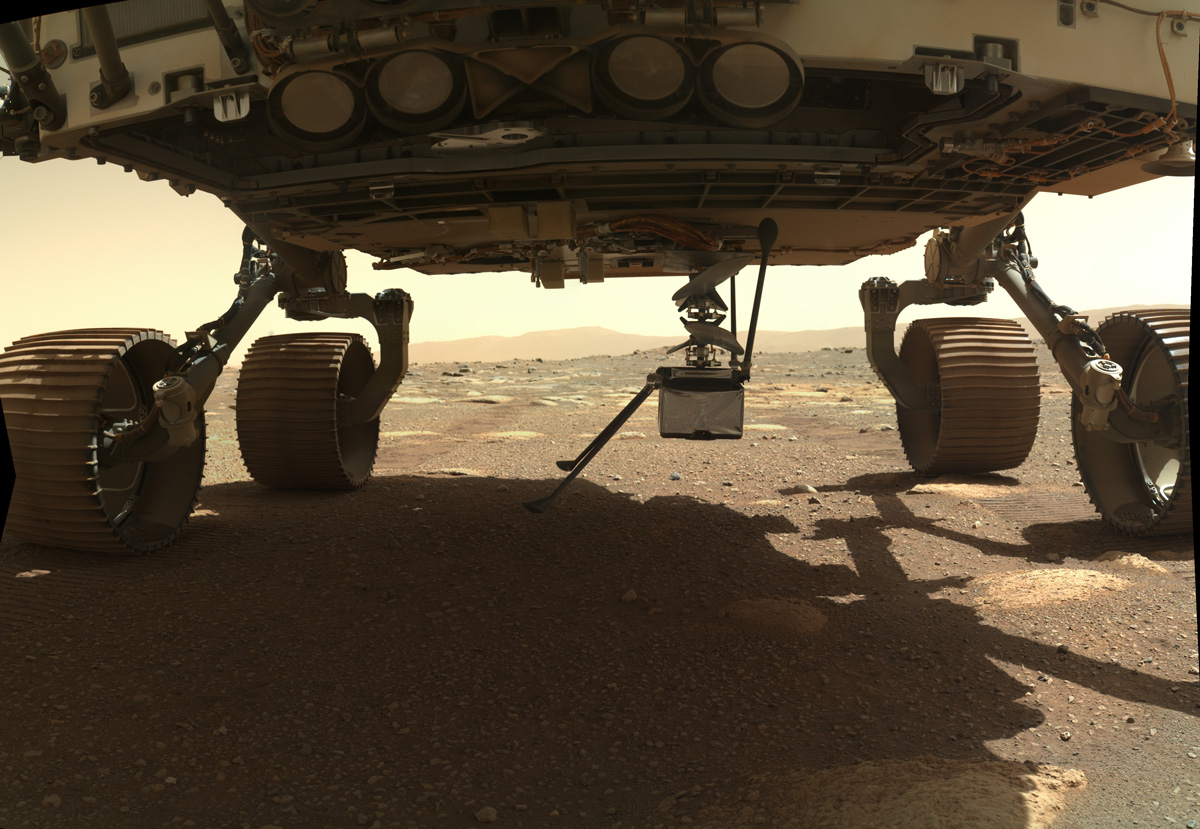
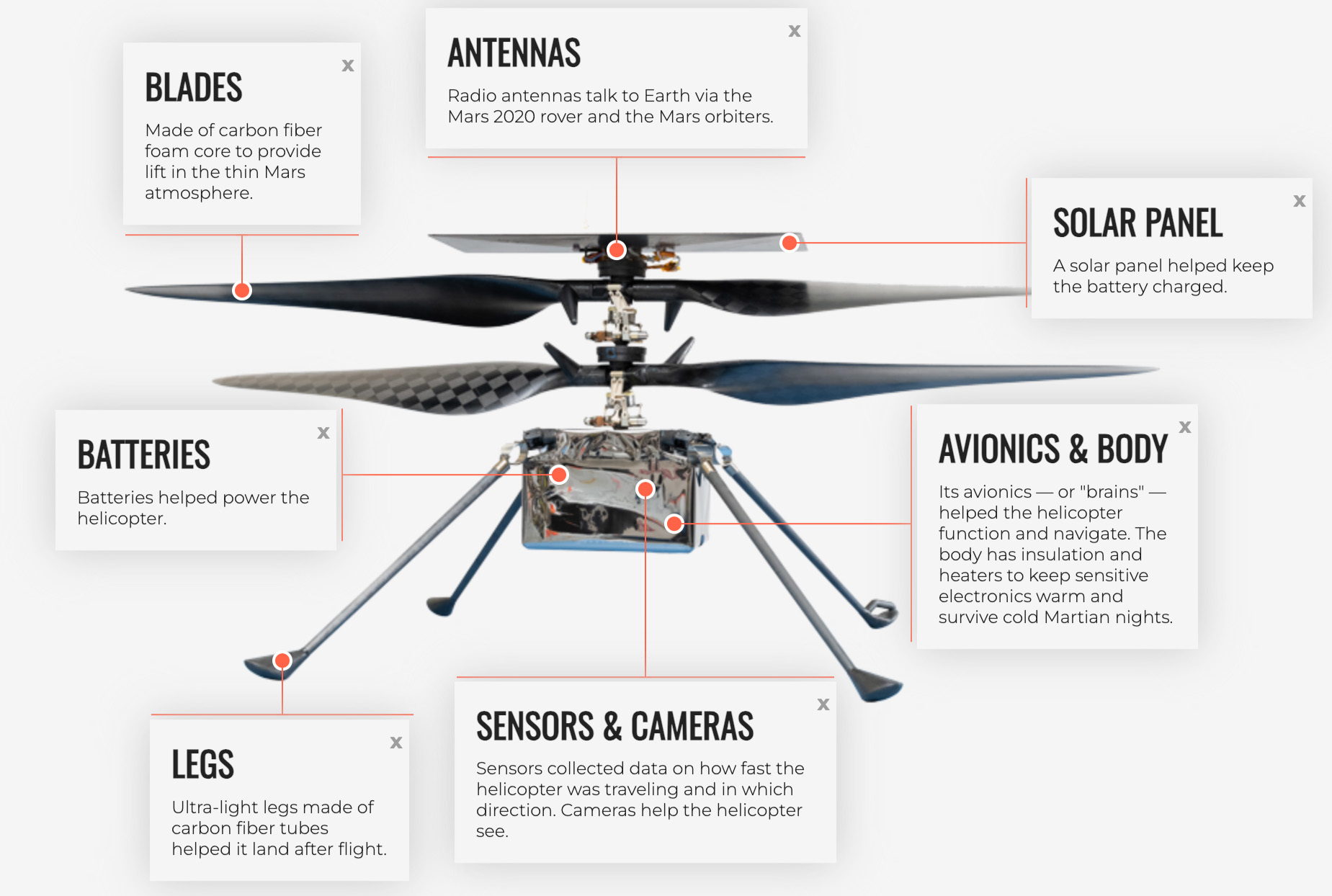
Tech Specs
Mass | 3.97 pounds (1.8 kilograms) |
Weight | 4 pounds on Earth (1.81 kilograms on Mars); 1.5 pounds on Mars (.68 kilograms) |
Width | Total length of rotors: Approximately 4 feet (approximately 1.2 meters) tip to tip |
Power | Solar panel charges Lithium-ion batteries, providing enough energy for one 90-second flight per Martian day ( approximately 350 Watts of average power during flight) |
Blade span | Just under 4 feet (1.2 meters) |
Flight range | Up to 980 feet (300 meters) |
Flight altitude | Up to 15 feet (5 meters) |
Flight environment | Thin atmosphere, less than 1 percent as dense as Earth's |
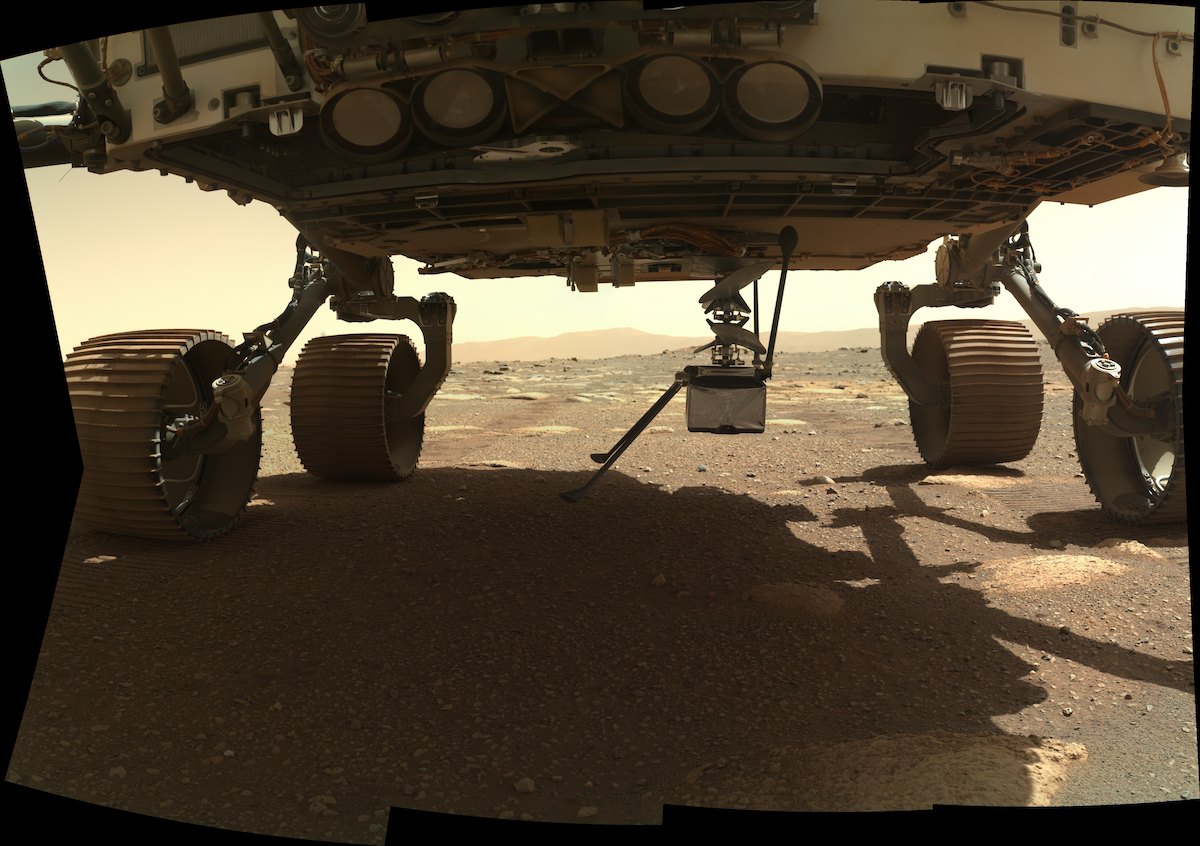
Helicopter Updates
Take a flight down memory lane to view archived mission updates provided by the Mars Helicopter team.
View the Updates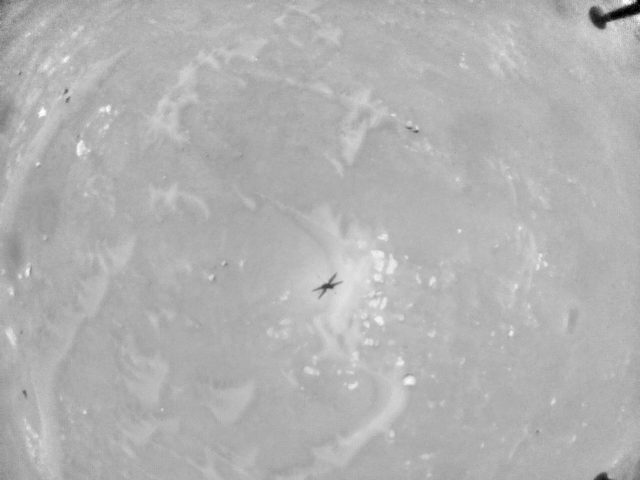

Ingenuity Resources
From its first days on the Martian surface through its 72 historic flights, view images and videos of the helicopter's journey on Mars.
Learn More
